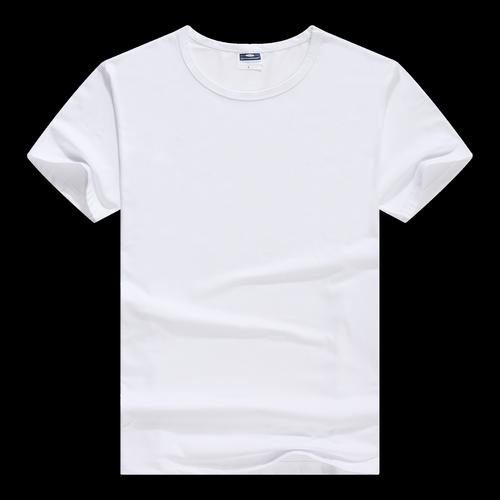When custom-making personalized clothing, accurate measurements are crucial to ensure the custom-made clothing fits your body perfectly. Understanding the core dimensions of DIY custom clothing can help you obtain more accurate measurements. Here are some points that can help you make accurate measurements:
1. Use the right measuring tools: In order to achieve high-precision measurement results, it is best to use professional Cutting ruler or soft ruler. Avoid using measuring tools that are too long or have too much elasticity as this may lead to dimensional errors.
2. Mark the measurement points carefully: Before measuring, make sure the body parts are clearly marked. For example, shoulders, bust, waist, hips, etc. With clear markings, each part can be accurately measured.
3. Use accurate posture: When taking measurements, stand upright and relax naturally. Keep your body upright and avoid any twisting or unnatural postures to ensure accurate measurements.
4. Pay attention to each key size point: It is very important to understand the basic size points of clothing customization. Here is an explanation of some core size points:
– Height: the vertical distance from the top of the head to the soles of the feet.
– Shoulder width: from left shoulder to right shoulder, that is, the farthest distance on both sides of the shoulders behind the back.
– Bust: Measure horizontally at the fullest part of the breast, making sure the size is not too loose or too tight.
– Waist circumference: measured horizontally at the narrowest part of the abdomen. You can ask the measurer to take the measurement while exhaling to ensure proper garment fit.
– Hips: Measure horizontally at the fullest part of the buttocks, similar to how the chest is measured.
5. Use auxiliary tools: For some more complex measurement requirements, you can use auxiliary tools to help with measurement, such as waist rulers, ropes, etc.
6. Keep detailed records: When taking dimensional measurements, it is important to keep detailed records. Ensure measurement accuracy and avoid omissions.
7. Seek professional advice: If you have any questions or are unsure about size measurements, it is best to consult a professional tailor, clothing designer or custom shop professional personnel. They will be able to provide more specific guidance and assistance.
In short, understanding the core size points of DIY customized clothing can help you make accurate size measurements. By using the proper tools, accurate posture, and paying attention to key sizing points, you can achieve a customized garment that fits better. Remember to label and record all measurements and seek professional advice if needed.









